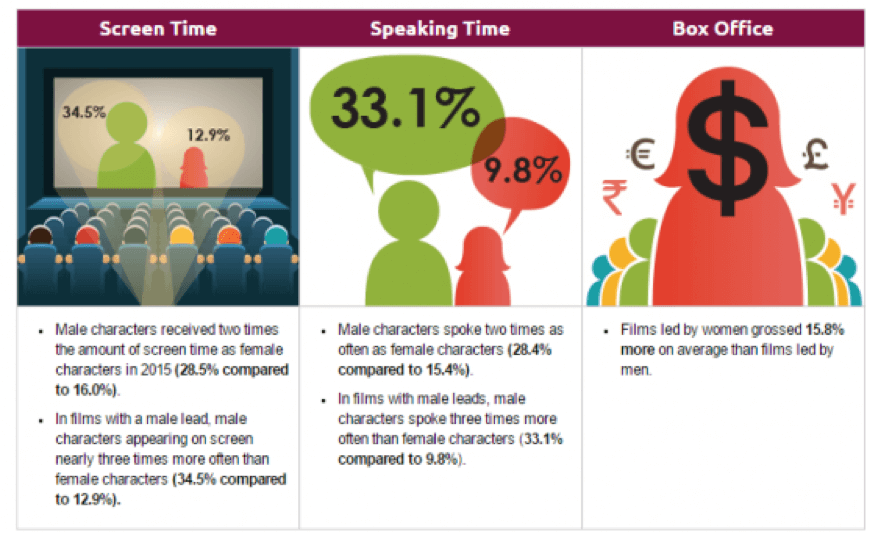
Dean Yortsos, the dean of USC Viterbi, coined the term Engineering+ and uses it to describe the new world we live in – where engineers apply our technical skills+ an entirely new field (entertainment, art, business, psychology, communication, etc. etc.) = solution to complex societal problems
This is my second blog post on this topic because I think engineering+ is important. As engineers, we can make a difference in the world by collaborating with other passionate people from different disciplines and developing new technologies and thoughtful ways of using these technologies to help people. That’s what I hope to do as a biomedical engineer. Most biomedical engineers come into the discipline with the goal of improving society in terms of quality of life and health.

Sometimes, it’s less clear how an electrical engineer or a mechanical engineer can have a direct impact on societal problems. I wanted to highlight an amazing example that was featured in the New York Times, Washington Post and other major news outlets of a USC Viterbi electrical engineering professor and his lab who did just that. Dr. Shri Narayanan and his labspearheaded the development of a machine learning and signal processing tool that automates the identification of implicit gender bias in movies. Instead of being a slow, manual, qualitative process, identifying gender differences has become quick and quantitative. The tool collects male and female on-screen data (amount of time on screen visually, amount of time speaking on screen, ratio of male to female background actors, etc). They collaborated with the Geena Davis Institute on Gender and Media and the Google foundation. This tool recently launched in fall 2016, providing more comprehensive, quantitative data than previous studies with thorough analysis of media bias. Hopefully filmmakers and casting directors will use this data to reduce implicit bias by taking steps like incorporating more female background actors in crowd scenes or providing more on-screen time.
I started reading some of the data the Geena Davis Institute gathered and it’s interesting. I love some of the simple ideas they have proposed. With the right data to support the problem (thanks Viterbi engineers!), those in entertainment can find simple solutions to gender bias, such as writing a script as usual, and then choosing female names instead of male names for half or all of the minor characters and casting accordingly. The reason this matters is because entertainment shapes our culture. For kids growing up, they will want to become what they can see on TV or in a movie. One interesting statistic I read is that the ratio of women to men on-screen is 17% and this is around the same percentage of women CEOs, Congresswomen, law partners, and tenured professors. A coincidence? Hard to say. Nevertheless, why not fix what’s broken (or at least has a screw loose)?
Published on May 12th, 2017Last updated on January 20th, 2021
